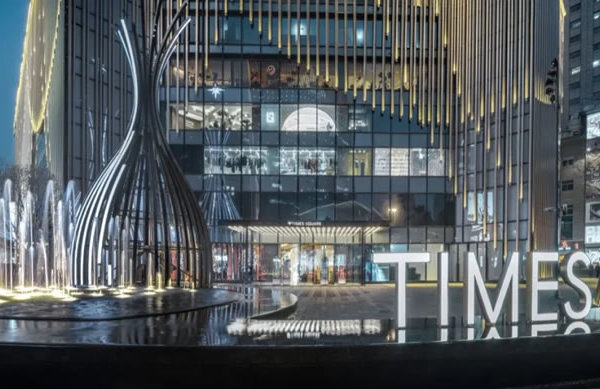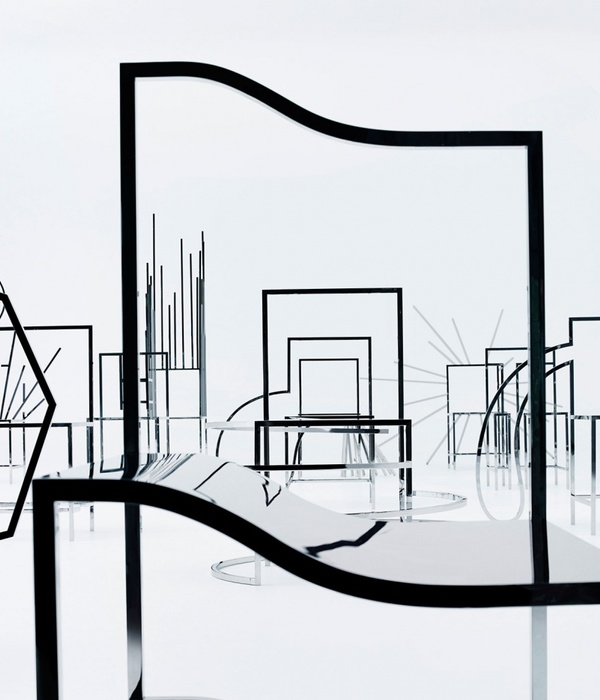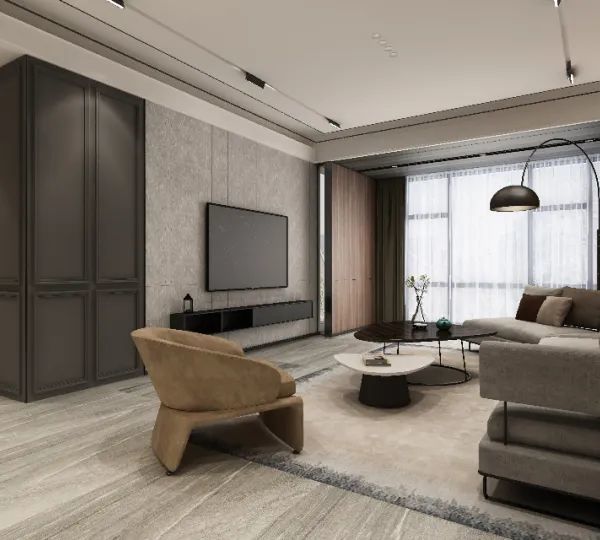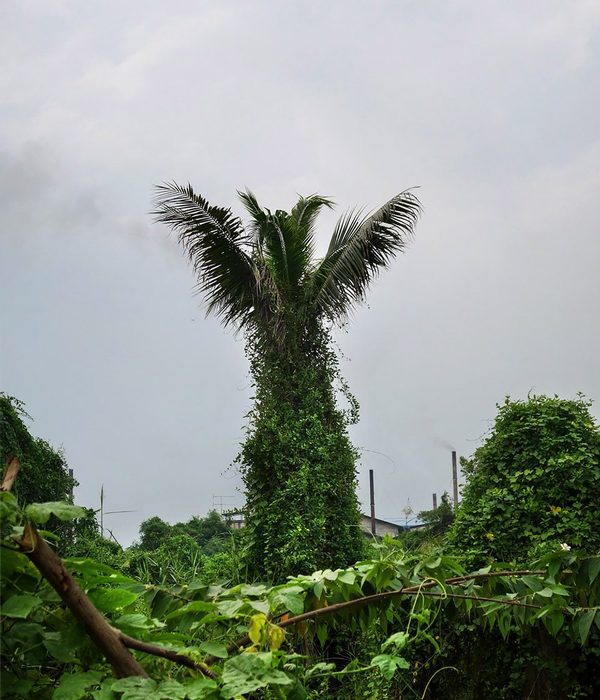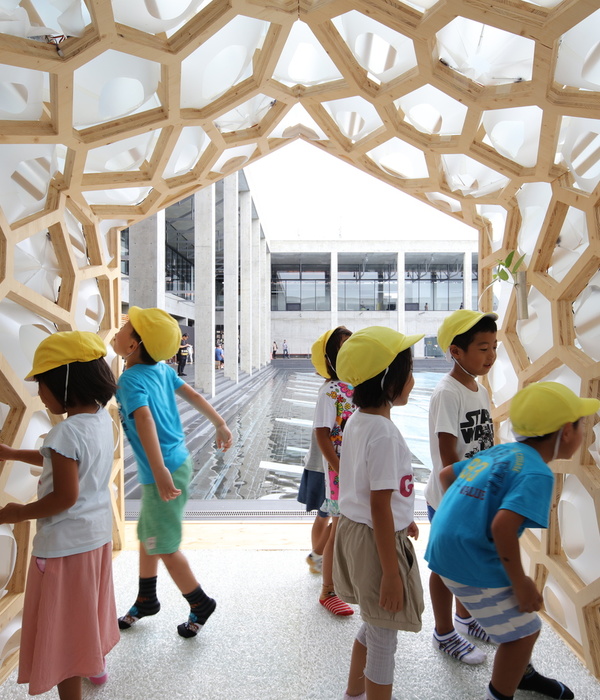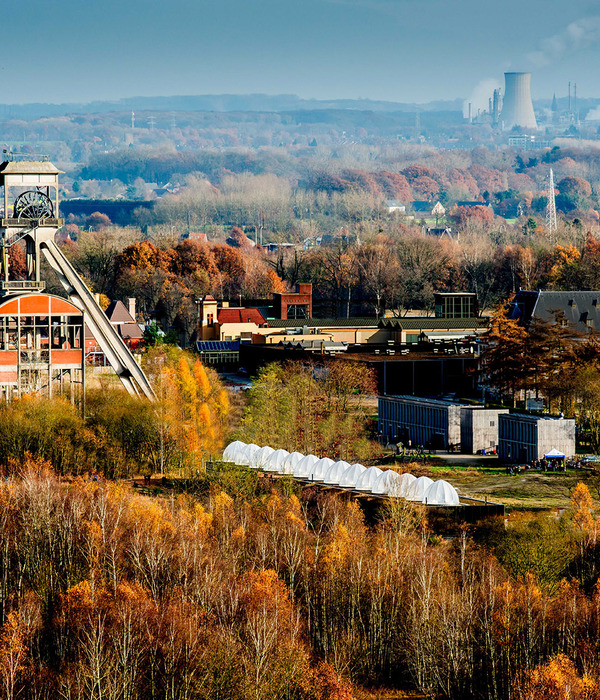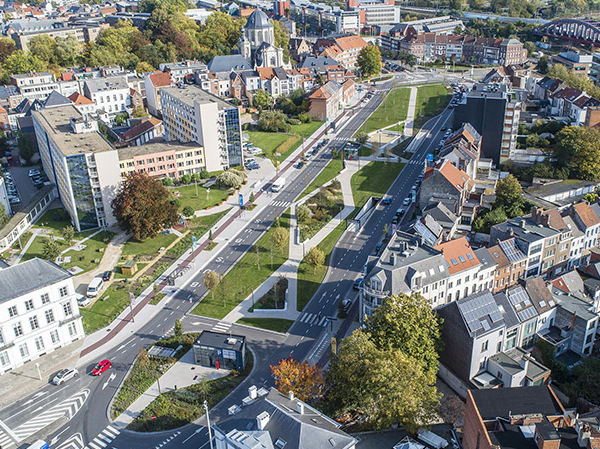The idea of river park was created in 2001 with the main objective to recover the banks of Rio Mapocho through the implementation of collapsible locks along 34k from east to west. The original intention is to generate various development poles along the route by referring to a navigable river.
Located in the western sector of Santiago, Family Park, is seen as a sustainable urban public space intervention. The main objective is to value the banks of the Mapocho river and rehabilitate degraded industrial area that are now integrated across the water of the channel.
For a more situational approach of the project it is possible to explain the park through three essential points: from the contemporary, from overcoming prejudices, and finally, creating a new imaginary landscape.
In the words of Joan Roig, architect and Spanish landscaper, "Contemporanizar"; to contemporary, or in other words to update the profession. Renato Poblete Park is essentially designed by a group of young architects who overcame inertia to continue the design of its next national landscape references, marking a distance. In this sense, it proposes a new design for the national context from what the theory of landscape has drawn back to the ground as thick or groundscape, which is basically understood that the manipulated surface is understood in its three physical dimensions.
The park is a certain improvement to urban bias. The first is the supposed impossibility of esclusar a torrent. Issue discussed for years for various "pseudo experts" who thought the only way esclusar was in reference to some European urban river. Second, a park area west of Santiago may not be of high standard, because it is low-income communities. Then the design and execution of the park was not from scarcity but from efficiency, rehabilitating a degraded industrial zone.
{{item.text_origin}}

